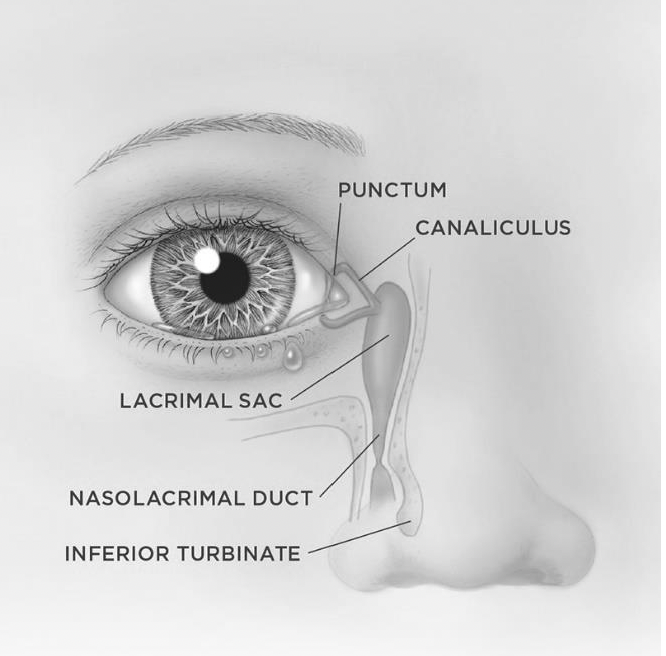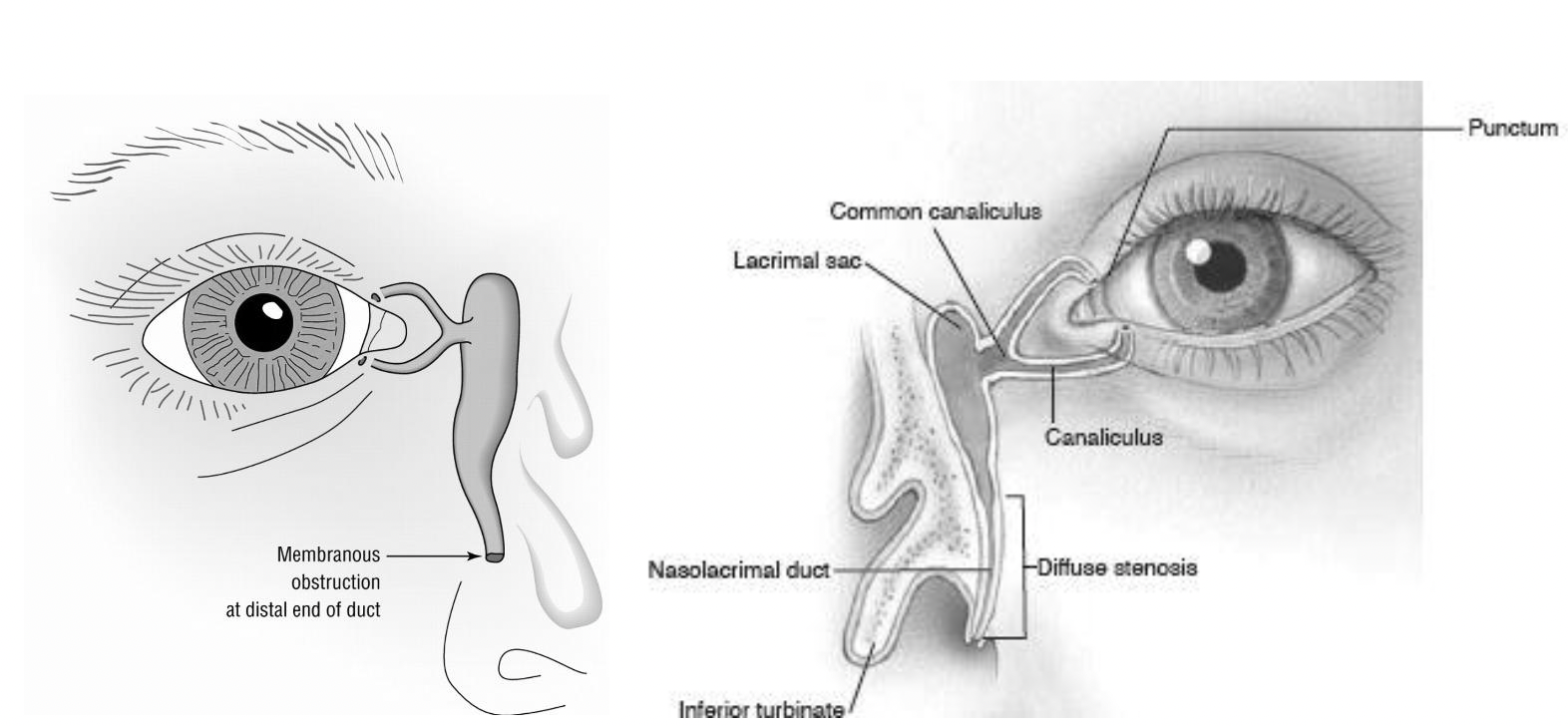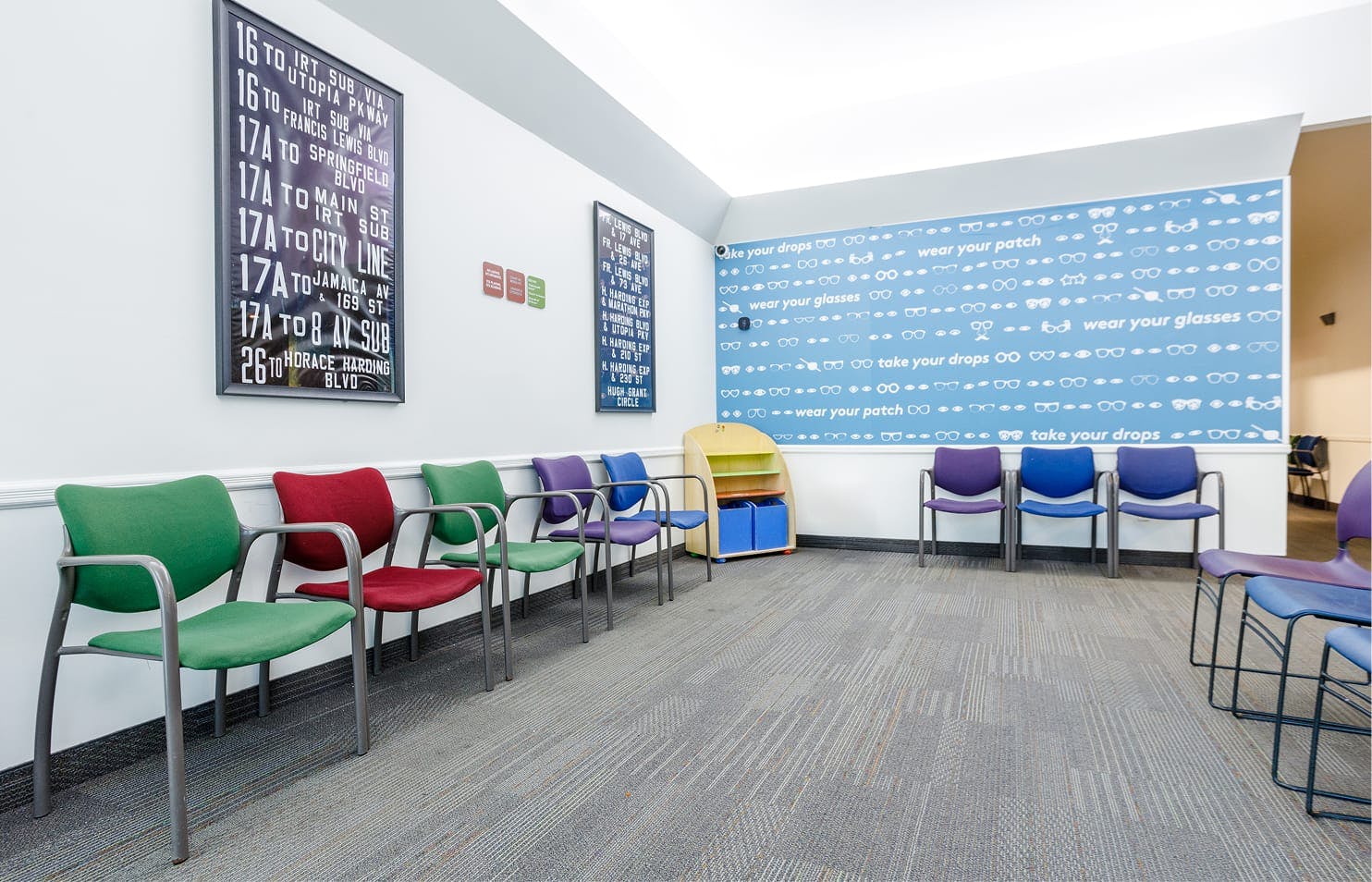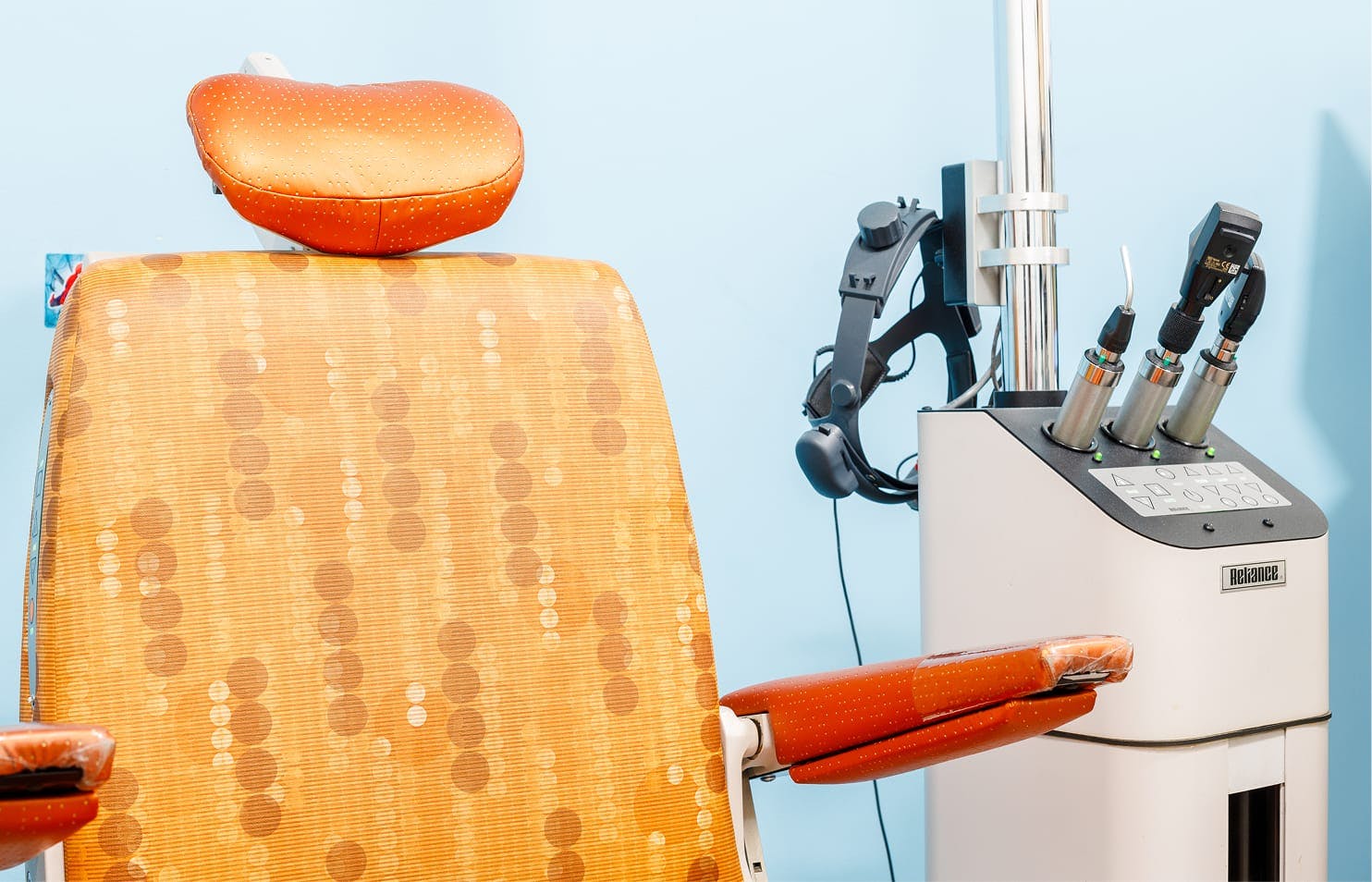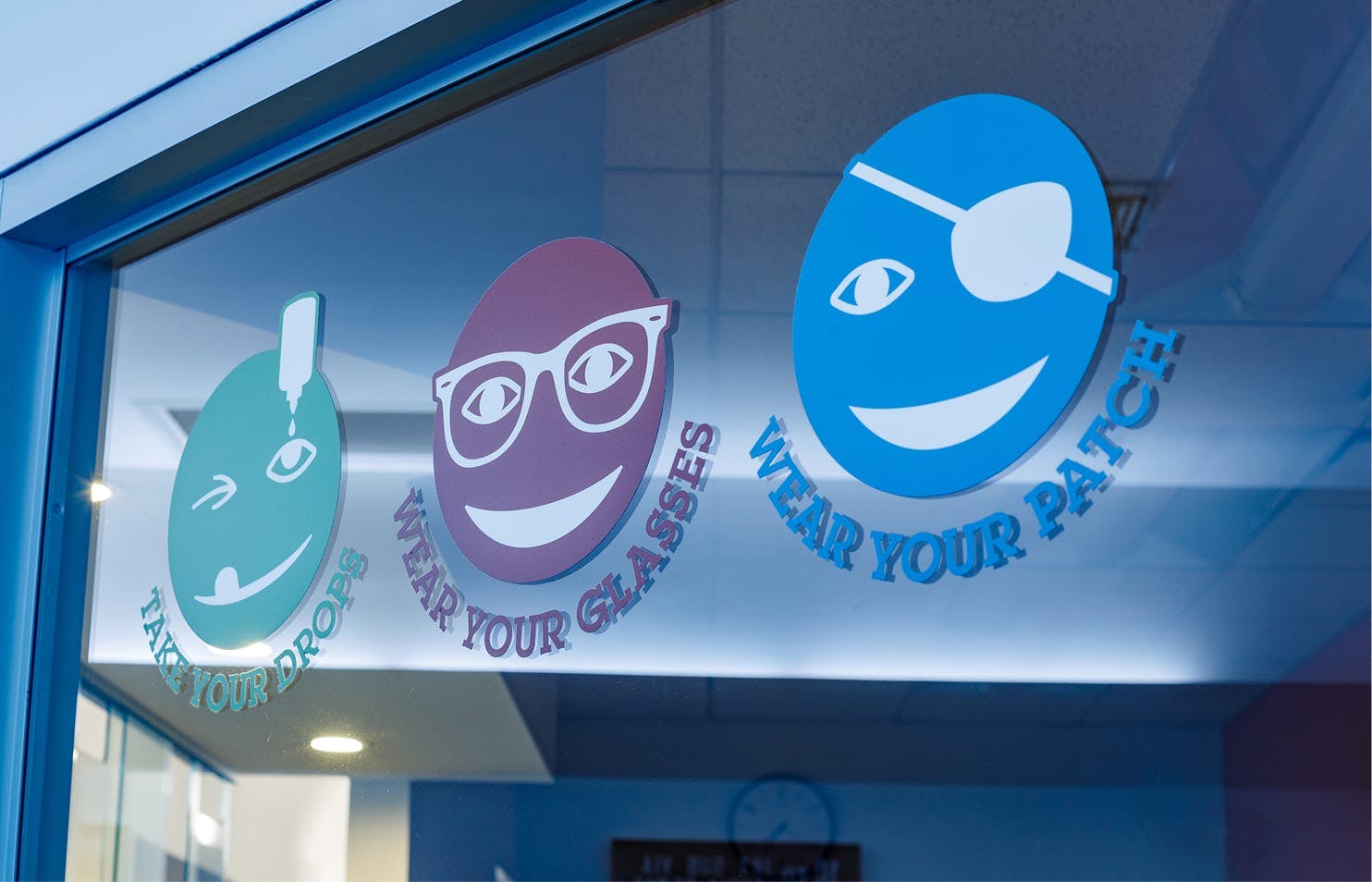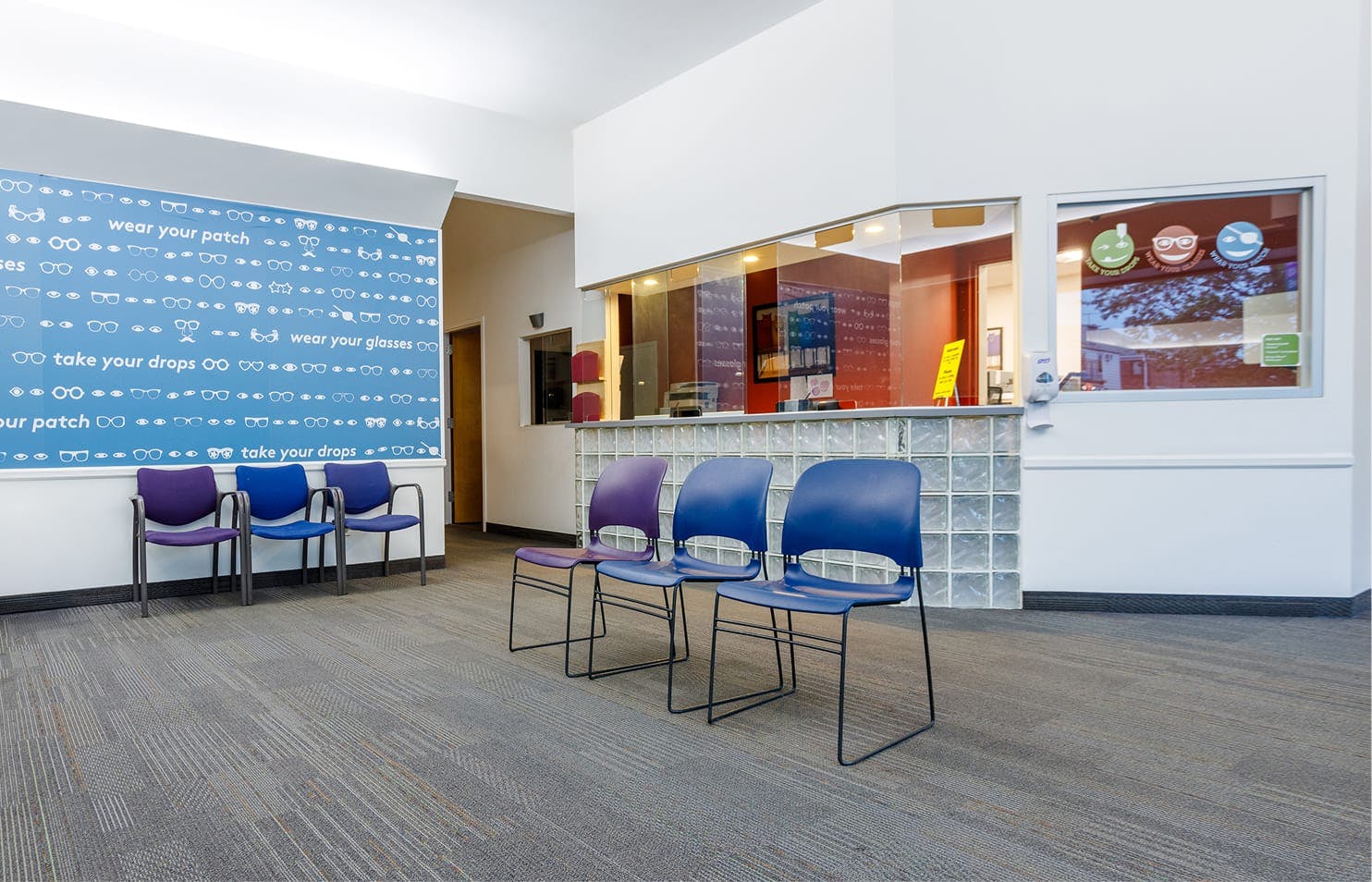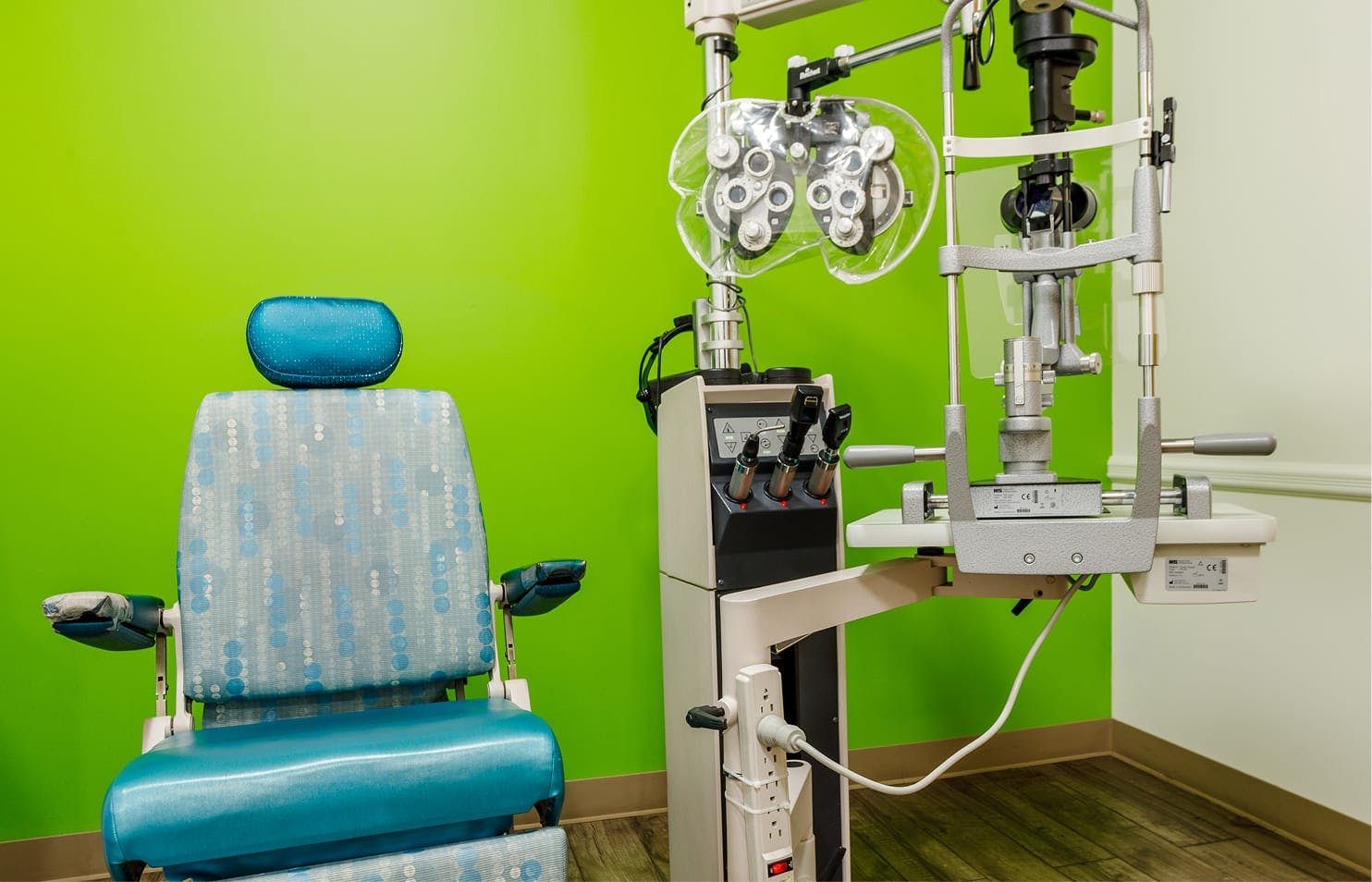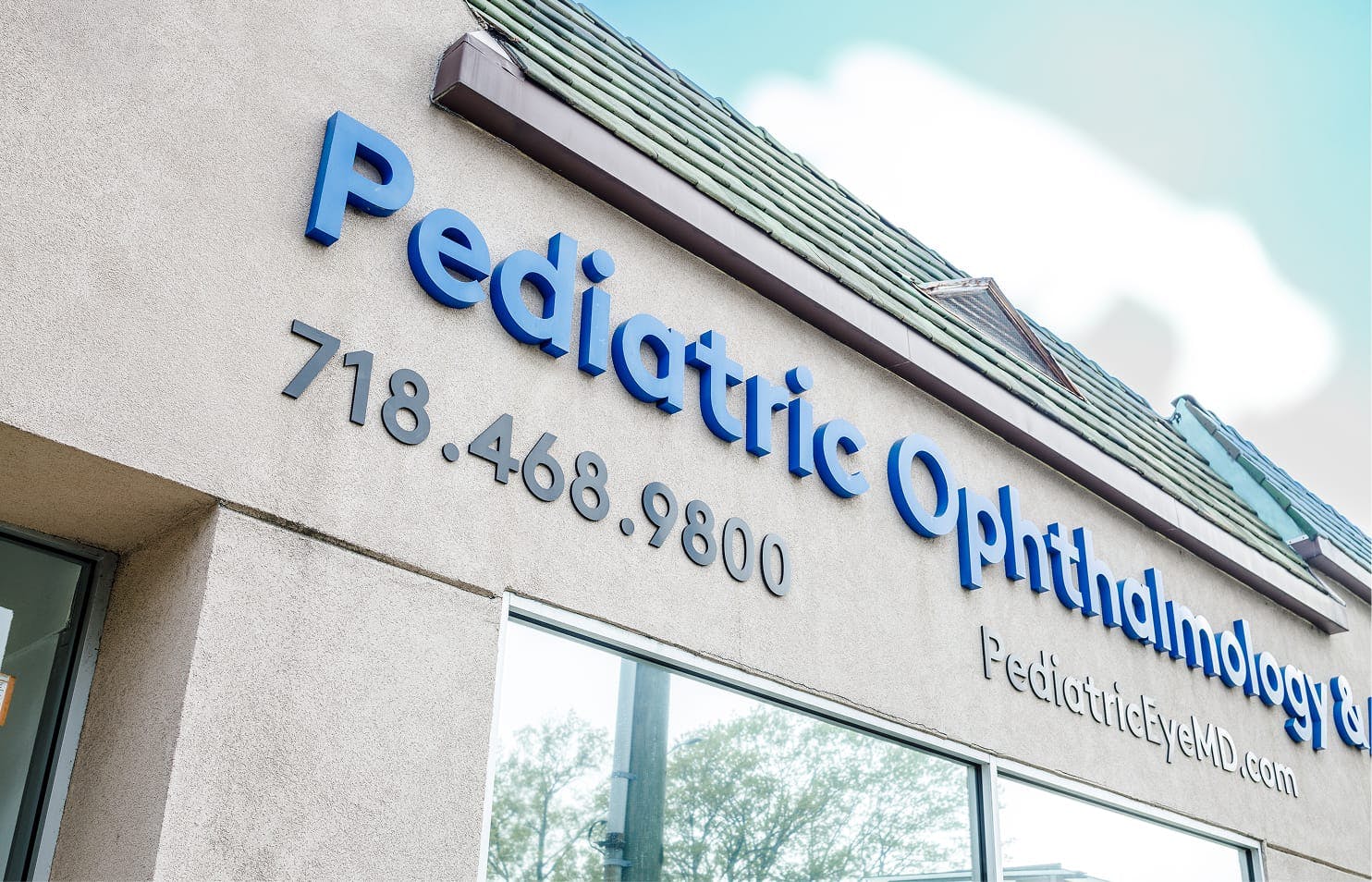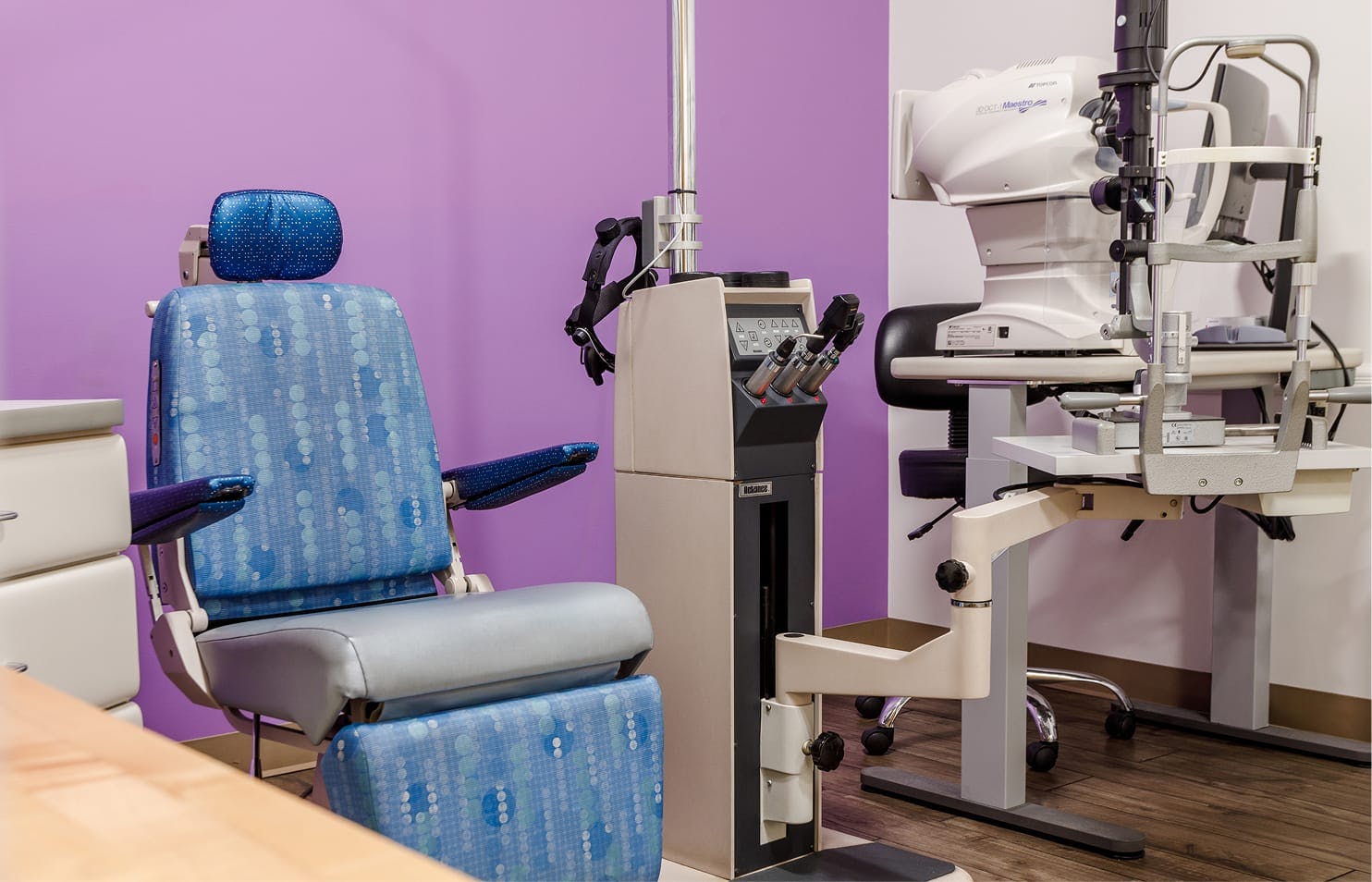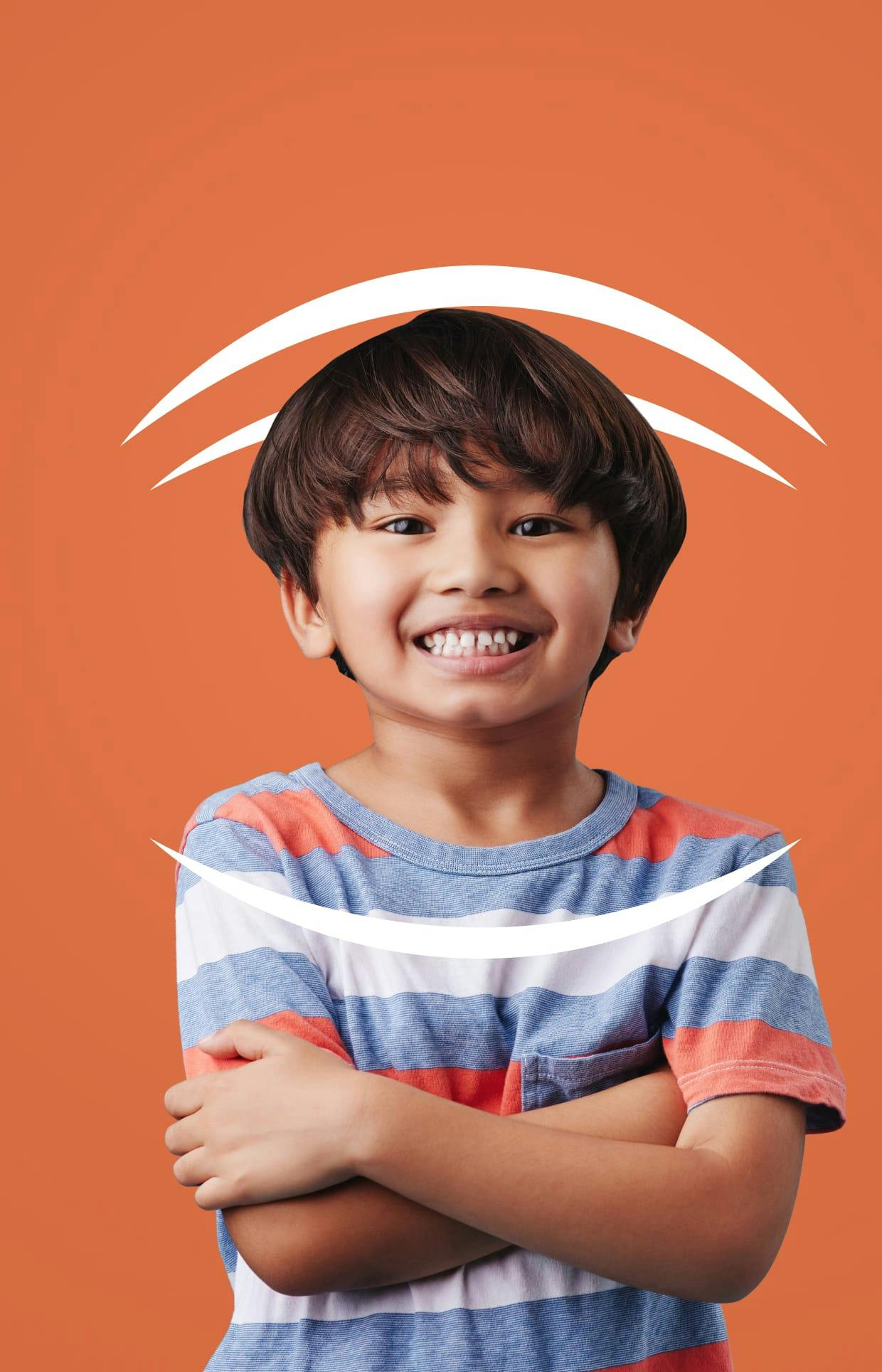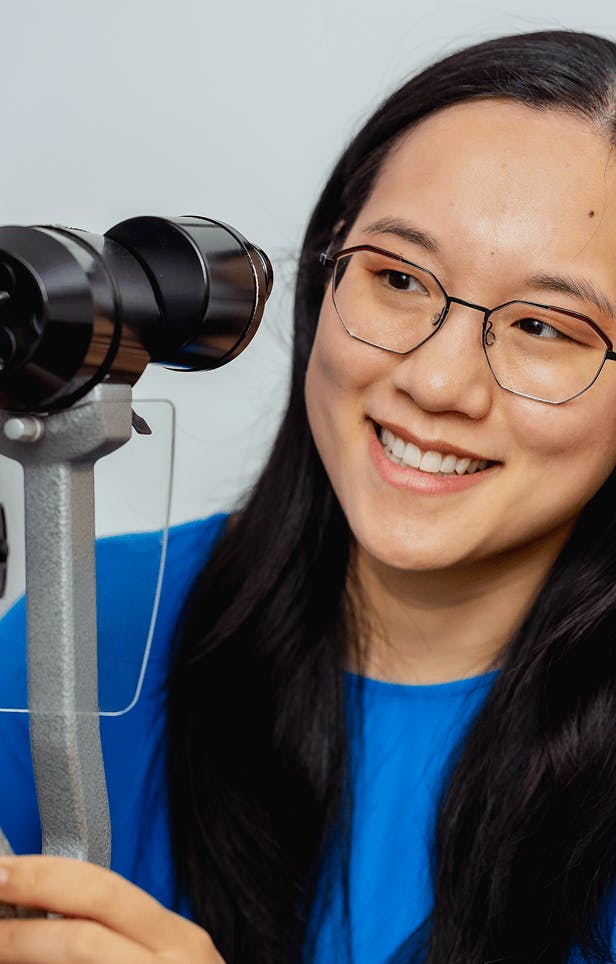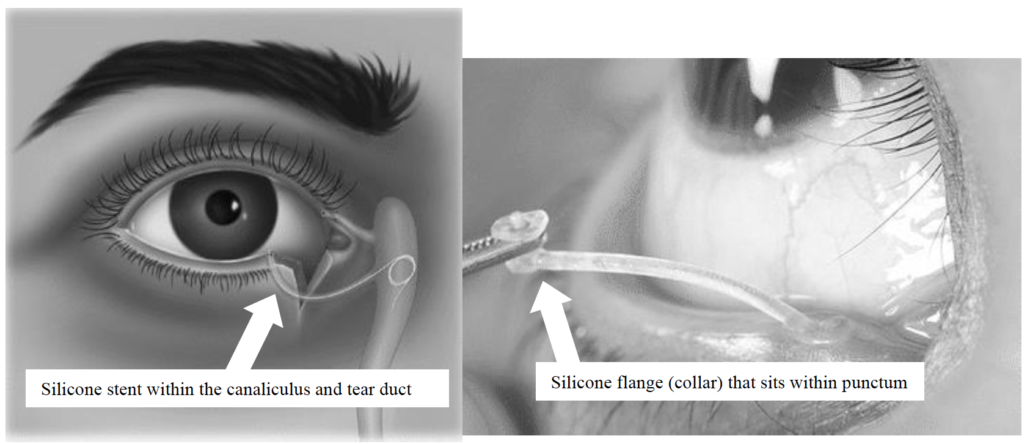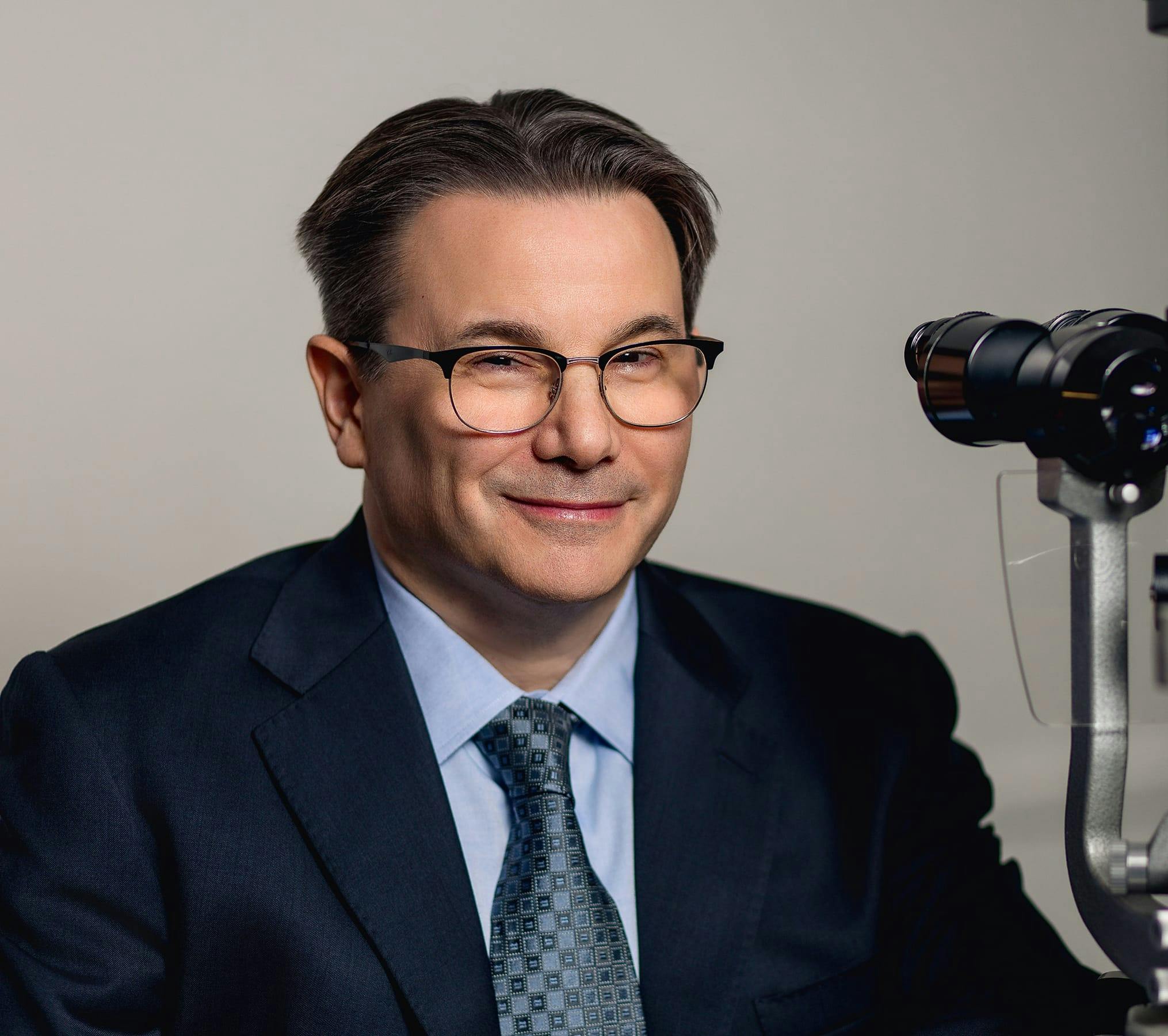As a parent, you may notice your baby’s has frequent discharge or eyes that constantly well up with tears. A blocked tear duct—nasolacrimal duct obstruction (NLDO)—may be the cause. Dr. Lichtenstein offers safe, effective treatment for NLDO to restore normal tear drainage.
Where Do Tears Go?
Near the nose on each eyelid is a tiny opening called the punctum, the entry point for the tear drainage system. Each punctum connects to a narrow tube inside the eyelid (the canaliculus), which leads to the lacrimal sac at the inner corner of the eye. The lacrimal sac drains through the tear duct, which travels within the bone and empties into the nose.
